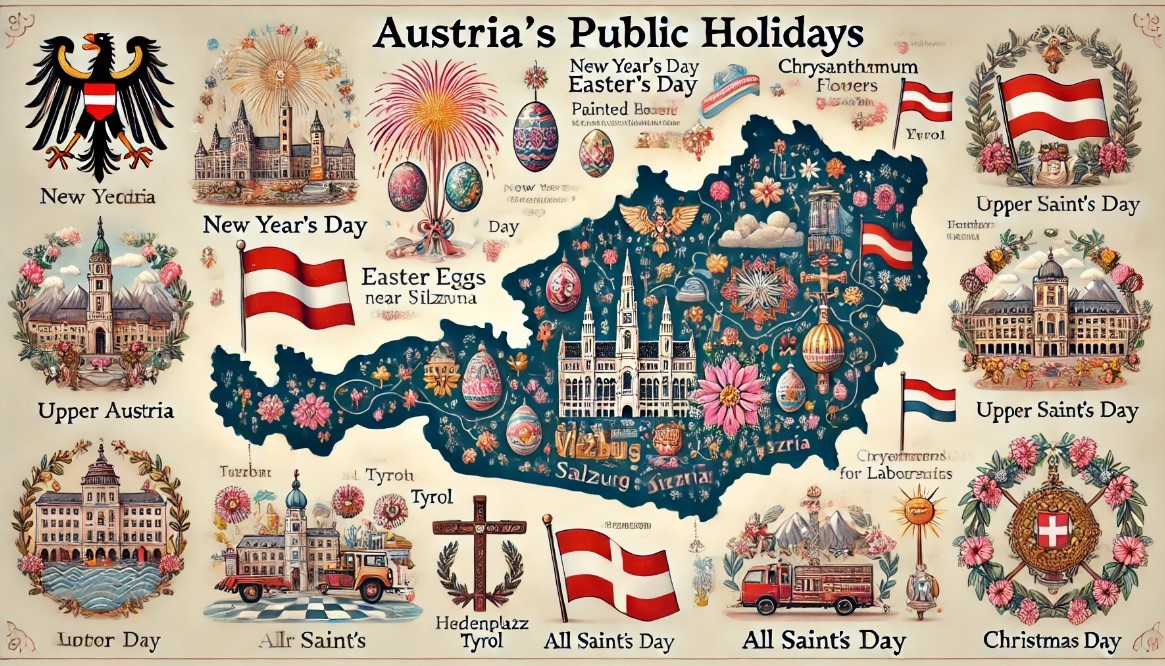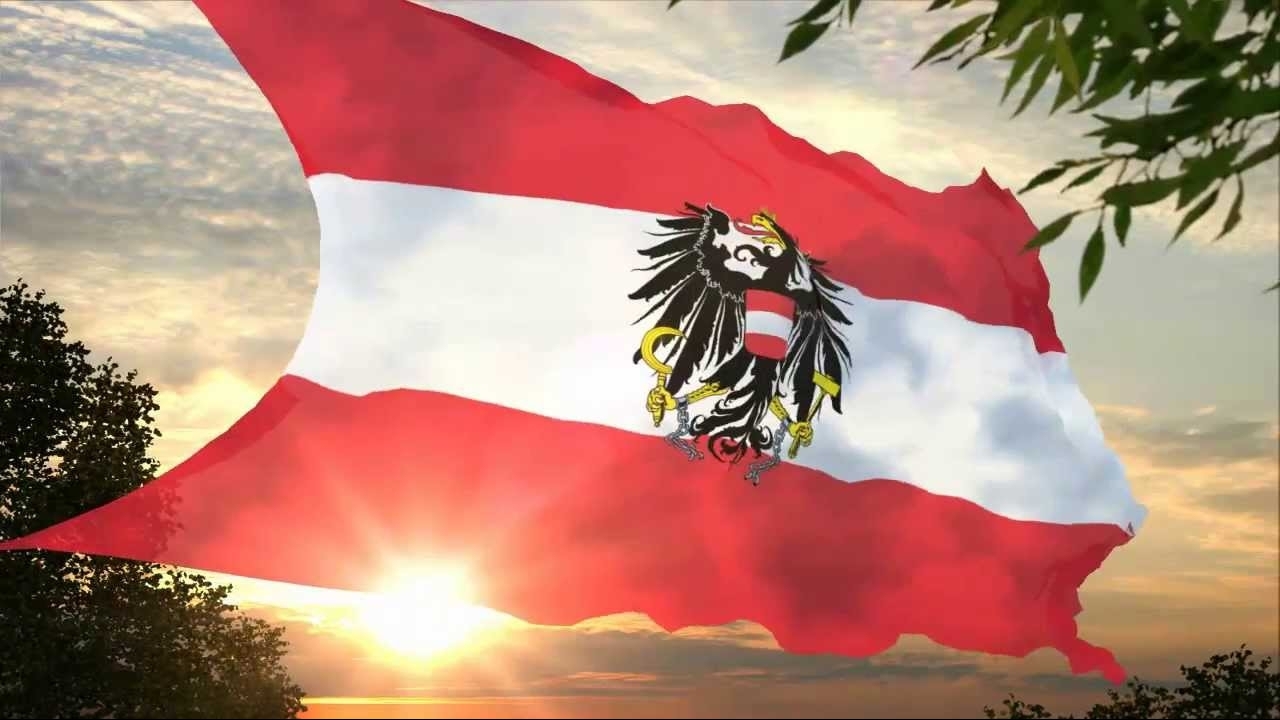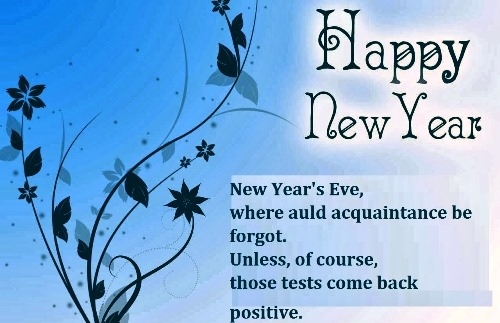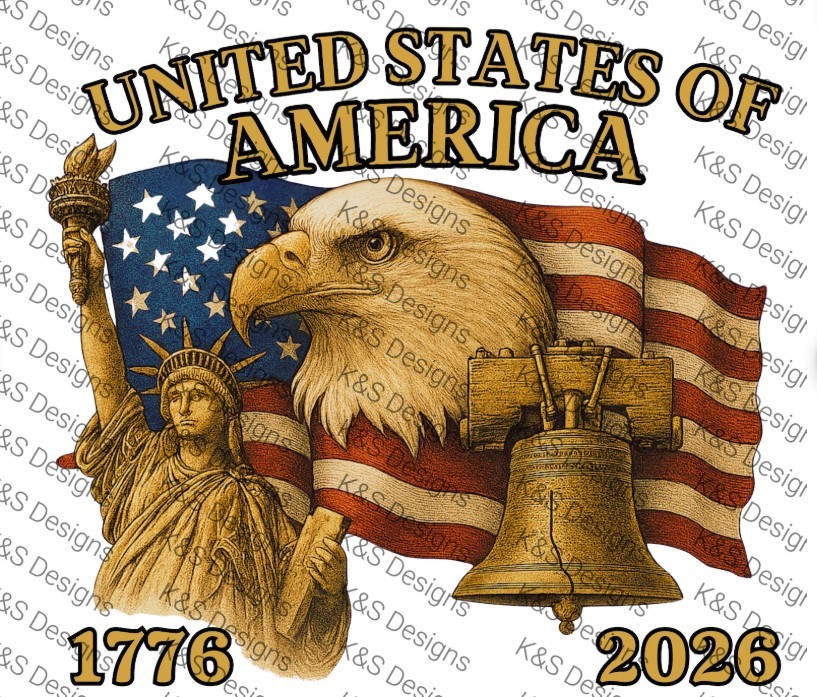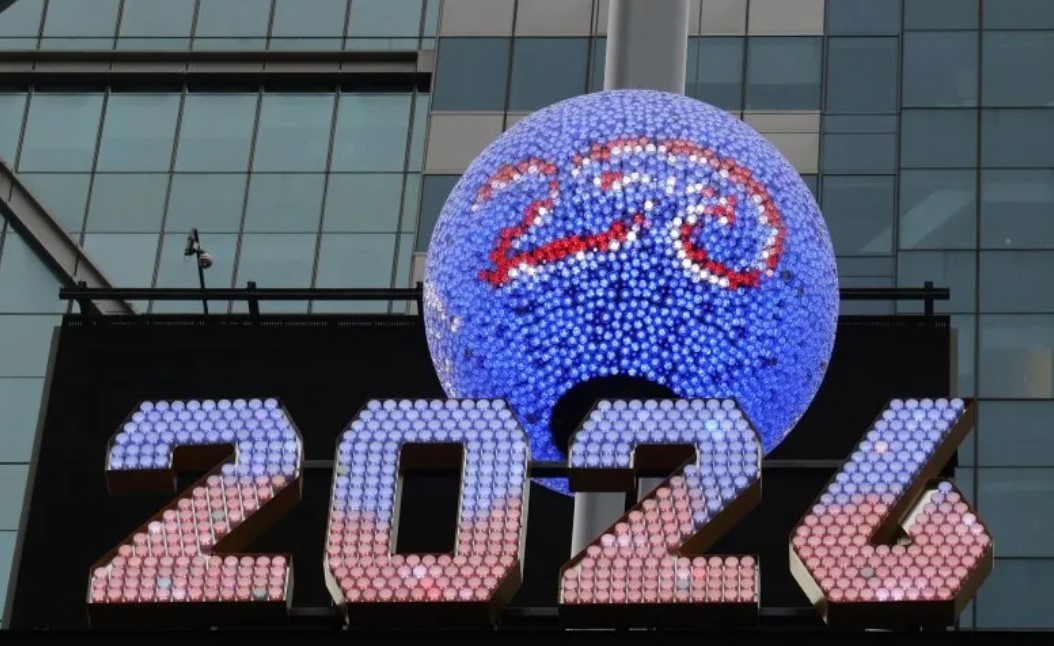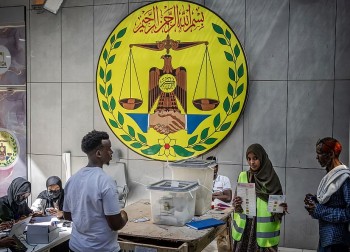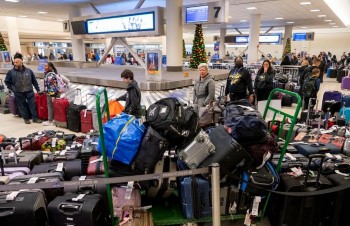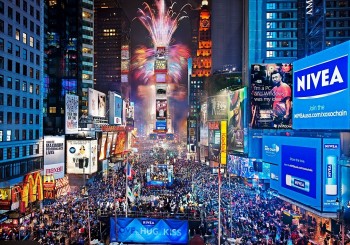What Is The Capital of Austria: History, Facts, Best Places to See
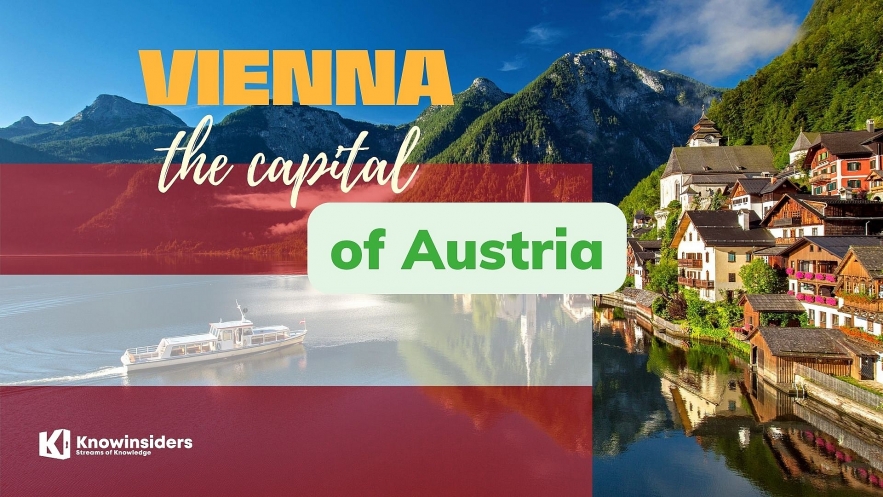 |
| What Is The Capital of Austria: History, Facts, Best Places to See. Photo: knowinsiders. |
What is the Capital of Austria?
How much do you know about Austria's capital ? A city that inspires with the old and the new alike, and always has a cosy place available in a coffee house or wine tavern.
The Austrian capital is famous for its elegant architecture, imperial past, opera and classical music, Christmas markets, and the annual Carnival with its opulent balls. With culture, history, great dining, and plenty of ways to have family fun, Vienna is a great European destination for all.
Let’s start with the basics, including history, best places to go and frequently asked questions and facts about the capital of Austria.
*****
History of Vienna
A popular T-shirt in Vienna declares “There are No Kangaroos in Austria!” The apparent confusion regarding the difference between Austria and Australia brings sighs of exasperation amongst many Americans living in Vienna who have had their U.S. mail arrive after a detour to Down Under.
But while Vienna has always been right where it is, its place in European politics and culture has shifted often throughout its 2,000 year history. Today, Vienna is once again in the center of Europe. But not so long ago, Vienna was just barely on the western side of the Iron Curtain. Many visitors are surprised to learn that Vienna is actually further east than Prague and Berlin.
According to virtualvienna.net, Vienna was once the heart of a vast realm, the Habsburg Empire. For a time, the possessions of the Habsburgs, who ruled for more than 600 years, were so far-flung that it was said that the sun never set on its dominions. All that came to an end more than 80 years ago. Today, Austria is a small country of about eight million people. But Vienna still has heart. It is one of the most comfortable, interesting, beautiful capital cities in the world.
Vienna is first mentioned in the first century under its Roman-Celtic name Vindobona. It was established by the Romans to be a frontier fortress to maintain vigil over the Danube which served as the northern border of the Roman Empire. By 488 A.D., however, the barbarians succeeded in pushing the Romans back and for a few hundred years all trace of civilization here disappears.
Archaeological artefacts found in and around Vienna provide evidence that the city was populated from the Neolithic period, including the famous Venus of Willendorf sculpture, dating back to 25,000 BCE.
Slightly more recently, only five centuries BCE, the Celts had a settlement there called Vedunia. The Romans then took over around 15 BCE, naming the military camp they set up Vindobona.
Over the ensuing centuries, control of the city changed hands numerous times as the Roman Empire declined. The first mention of the town as Wenia was found in 881, and a document from 996 refers to the wider area as Ostarrîchi, the name that eventually became Österreich, or Austria as we know it in English.
Under the Babenberg dynasty, who made Vienna their residence around 1146, the area prospered. It became an important trading centre where Crusaders on their way to the East bought provisions and equipment, and it was given city status in 1221.
| Imperial Vienna When the last of the Babenbergs fell, the Habsburgs came into power and held on to the city for more than 600 years. In 1365, Vienna University was founded, making it one of the oldest universities in Europe. Vienna eventually became capital of the Austro-Hungarian Empire in 1556 after the Habsburgs had gained Hungary and Bohemia. As introducingvienna.com reported, in 1679 the bubonic plague struck the city, killing nearly a third of its population. It suffered revolts under the Reformation and Counter-Reformation, and was also the site of several sieges by the Ottoman empire. It was attacked by the Turks in 1529 and in 1683, but succeeded in resisting both, and over the following decades, as the Turkish forces were pushed back to the Balkans, Vienna could prosper in peace. In the early 1700s, famous architects created a city of baroque palaces and stately homes. When the Habsburgs died out with Charles V in 1740, his daughter Maria Theresa took over. Under the Empress, and her son and successor Joseph, a huge amount of civil reform was instituted. They reorganised the economy, army and judiciary; granted increased freedom to different religions, improved government and education, and supported the arts, as well as making German the country's official language. The city's population grew, and it entered a golden age of music thanks to Gluck, Haydn, and Mozart, and later Beethoven and Schubert. |
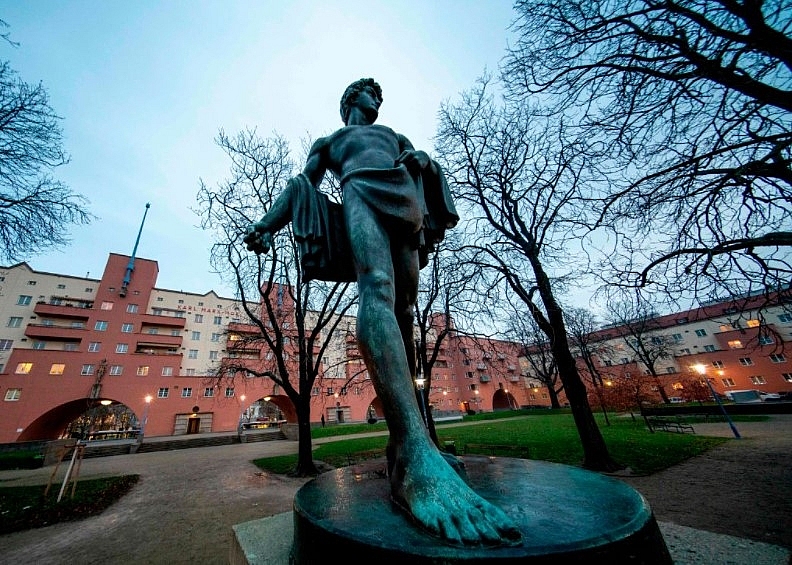 |
| Karl Marx-Hof, a community-owned apartment building, is seen in Vienna. (Photo by Joe Klamar/AFP via Getty Images) |
Things went downhill at the beginning of the 19th century, with inflation and state bankruptcy following Napoleon's occupation of Vienna in 1805 and again in 1809. However, it retained a central political position in Europe following the end of the Napoleonic Wars, hosting the Congress of Vienna in 1814–15 to restore the balance of power.
The city was heavily involved in the 1848 Revolution, which resulted in Francis Joseph being named Emperor. Under his rule, Vienna evolved into a modern city, with infrastructure improvements and a rapidly growing economy and population - it became the 4th biggest city worldwide at the time! When the Austro-Hungarian Empire was formed in 1867, Vienna became the imperial capital, and continued its cultural growth, with flourishing music, architecture and painting movements amongst other arts.
World War I stalled the city's development and signalled the end of the empire. Its territories were divided and in 1919 the Republic of Austria was born with Vienna as its capital. With the 1920s came the rise of fascism and in 1934 civil war broke out on the city's streets, paving the way for its annexation by Nazi Germany.
After suffering huge amounts of destruction from heavy bombing by the Allied Forces during World War II, Vienna was liberated by Soviet troops in 1945. It was then divided into occupation zones and controlled by different Allied powers until its independence in 1955.
Since then, the city has gone from strength to strength, and since the 1970s, it has been an official seat of the United Nations. While modernisation has occurred, including improved public transport systems and the construction of skyscrapers across the city, the priceless architectural heritage of the city has also been preserved and the historical centre of the city was named a UNESCO World Heritage Site in 2001.
Best Places to See in Vienna
A trip to the capital wouldn't be complete without seeing the following attractions:
The Hofburg
According to traveltriangle.com, much more popular as the Imperial Palace which once served as the powerful seat of the rulers of the Habsburg dynasty, the Hofburg today serves as the iconic seat of power, workplace, and the residence of the President of Austria. The palace not only comprises of vibrant cafés, luxury restaurants, and lush parks, but also houses the famous Spanish riding school. The oldest part of the palace is from the 13th century and then it extended to 20th century. This was the residence of the government in Habsburg and it was till 1918. The place has some amazing collection of museums, a congress center, The Spanish riding school and so on.
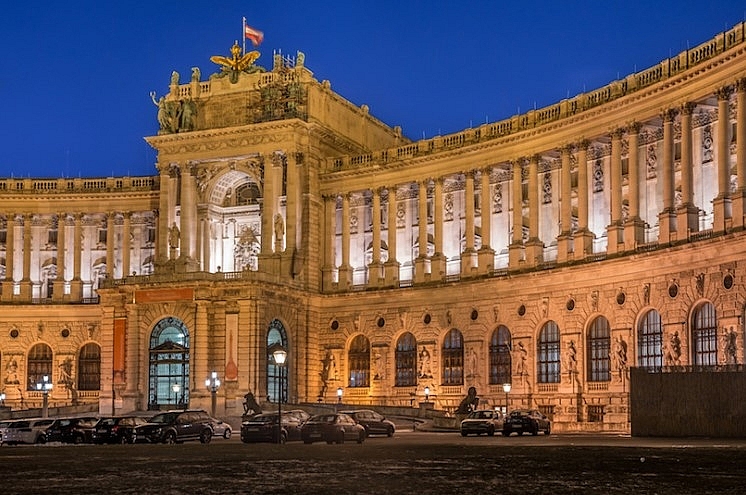 |
| Photo: touropia.com |
| The Hofburg Imperial Palace has played an integral part of the Austrian government scene since it was built in the 13th century. It has been home to some of Europe’s most powerful royalty over the centuries, including the Hapsburgs and rulers of the Holy Roman and Austro-Hungarian empires. Today it is a museum and home to the president of Austria. The palace has numerous wings and halls built by various royalty over the centuries, but only three parts are open to the public today: the Imperial Apartments; the Sisi Museum, dedicated to Elizabeth, wife of Emperor Franz Joseph, and the Silver Collection, a collection of Imperial household objects. Location: Michaelerkuppel, 1010 Wien, Austria Timings: 9 am to 5.30 pm (All days) |
St. Stephen’s Cathedral
The architectural marvel of St. Stephen’s Cathedral is not just a historical monument but a symbol that has brought much recognition to the entire country. One of the most beloved landmarks of Vienna, St. Stephen’s Cathedral has guarded the city for more than 700 years now. Not just that, one can also relish magnificent views of the city by climbing about 343 steps which leads one atop the tower.
This is one of the most precious and a must-visit cathedral in Vienna. This place has the second largest chimed bell. The cathedral provides the best view from its 500 foot south tower. You will get the view of the entire city from here. There are also many music events in the evening time at the place. You will get to experience the 12th century gothic architecture and the large columns as well as the beautiful paintings of the saints. Be careful while you visit the south tower as it gets crowded and the stairs are narrow as well.
Location: Stephansplatz 3, 1010 Wien, Austria
Timings for St. Stephen’s Cathedral: 6 am to 10 pm (All days)
Schönbrunn Palace
As touropia reported, the 1,441 room Schönbrunn Palace, comparable in grandeur to Versailles, is one of the major tourist attractions in Vienna. The palace was built between 1696 and 1712 at the request of Emperor Leopold I and turned into the imperial summer palace by Maria Theresa. The Palace Park offers a lot of attractions, such as the Privy Garden, the oldest zoo in the world, a maze and labyrinth, and the Gloriette, a marble summerhouse, situated on top of a 60 meter (200 feet) high hill.
 |
| Photo: touropia.com. |
Hundertwasserhaus
The Hundertwasserhaus is a colorful apartment building near Vienna’s center in the Landstraße district. It is named after Austrian artist Friedensreich Hundertwasser who developed the concept in the 20th century, with noted architect Krawina doing the building’s design. Each of the 52 apartments is a different color; some just out from the building proper, with several trees covering the roofs, while more trees grow inside other units, their limbs sticking out windows. Construction on the innovative apartment building ended in 1985; today, it is an intrinsic part of Vienna’s cultural heritage.
A Baroque Masterpiece: Belvedere Palace
According to planetware.com, among Vienna's most popular attractions, Belvedere Palace is really two splendid Baroque buildings: the Lower (Unteres) Belvedere and the Upper (Oberes) Belvedere. Highlights of the Upper Palace include the Ground Floor Hall with its statues, and the Ceremonial Staircase with its rich stucco relief and frescoes.
Also worth seeing is the Marble Hall. This stunning two-story hall features numerous period sculptures, paintings, and ceiling frescoes. The Lower Palace also boasts a Marble Hall, this one noted for its oval plaster medallions and rich ceiling fresco, as well as a Marble Gallery built to house a collection of historic statues.
Other must-see buildings include the Winter Palace (a Baroque building that once housed the Court Treasury), the Orangery, the Palace Stables (home to the Medieval Treasury), and the Belvedere Gardens and Fountains linking the two palaces.
If there's time left in your Belevedere itinerary, be sure to include the Österreichische Galerie Belvedere. This popular art museum in the Belvedere Palace is well known for its extensive collections, including a rich array of sculptures and panel paintings from the 12th to the 16th centuries. But it is perhaps best known for Austrian Symbolist artist Gustav Klimt's The Kiss, a masterpiece of early modern art.
Address: Prinz Eugen Strasse 27, A-1037 Vienna, Austria
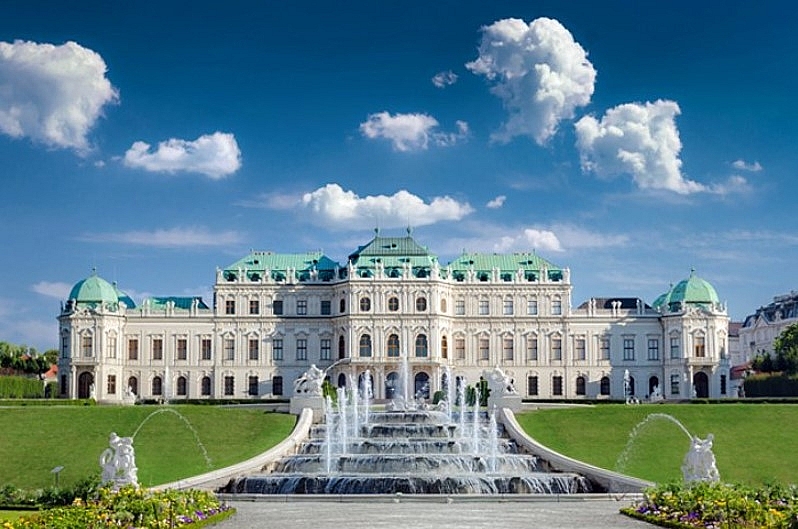 |
| Belvedere Palace. Photo: planetware.com |
Spanish Riding School
According to thebrokebackpacker.com, the Spanish Riding School is part of the enormous Hofburg palace complex. Established in the 1570s, the high-class riding school is among the top-four most prestigious horse riding schools across the globe. Additionally, it’s one of the oldest such academies in the world too. A place where visitors can watch fine equestrian traditions, the school takes its name from the fact that the thoroughbred stallions had Spanish roots.
Today’s fine steeds are all bred in Austria, but all are graceful Lipizzaner horses. The training has military roots and the methodical training process can take up to three years for riders and four to six years for horses.
What to do there: See the fine building that houses the Spanish Riding School, a pale structure with plenty of natural sunlight. Get to the academy early in the morning to watch the elegant pedigree horses at their morning training sessions. Watch as riders salute to the large portrait of Emperor Charles VI before beginning to ride. Admire the smart uniforms of the riders and the perfect poise and condition of both man and beast and be impressed by the skilled manoeuvres. It’s well worth obtaining tickets to a special performance too if there is one scheduled for your time in Vienna.
| The Spanish Riding School is a traditional riding school for Lipizzan horses that offers public performances in the Winter Riding School in the Hofburg. The Riding School calls these performances classical dressage, but most viewers would call it magic. The school has been training horses like this for more than four centuries. The 68 stallions – their ancestors came from Spain – have trained and performed at the Winter Riding School since about 1735. Horses and riders both undergo special training that lasts for many years. |
Vienna Zoo (Tiergarten Schönbrunn)
The origins of the Vienna Zoo – also known as Schönbrunn Zoo (Tiergarten Schönbrunn) – can be traced to Emperor Francis I's menagerie. Founded in 1752 it's the oldest continually operating zoo in the world. With many of its original Baroque buildings still intact, it's one of the most pleasant zoos in Europe to visit, particularly if you spend a little time seeking refreshment in the original 18th-century Imperial Breakfast Pavilion that now houses a great café.
A highlight of the zoo's more than 750 species are its giant pandas, including cubs, as well as the many fascinating creatures housed in the interactive Rainforest House and Aquarium. If you're traveling to Vienna with children, be sure to check the zoo's official website for details of feeding times, always a fun family experience. Also worth checking into is the availability of special themed and backstage guided tours.
Kunsthistorisches Museum
 |
| Photo: touropia.com. |
Located near the Imperial Palace, Kunsthistorisches Museum is indeed of the must-visit tourist places in Vienna. Built in 1891, the Kunsthistorisches Museum or the Art History Museum is one of the famous museums in Vienna. Housing the great works of the Imperial family, the Art History Museum is also a home to the world’s largest Bruegel collection.
Location: Maria-Theresien-Platz, 1010 Wien, Austria
Timings: Tuesday to Sunday – 10 am to 6 pm; Thursday – 10 am to 9 pm; Closed on Mondays
Entry Fee: INR 1450 for adults
Danube Tower
The Danube Tower (Donauturm) is one of the most romantic points of interest in Vienna. Standing proudly at 252 metres (827 feet) tall, it’s the tallest structure in all of Austria. Constructed in the 1960s, the soaring tower is located alongside the banks of the River Danube. It is surrounded by pretty parkland.
A major sight on the Viennese skyline it’s not only good to admire from afar; visitors can go to the observation platform to soak up fabulous views of the city and beyond. There are also two rotating eateries (one restaurant and one cafe) where couples can relax with each other while enjoying the slowly changing vistas.
Graben
Located in the heart of the city, Graben is a busy shopping street with Roman roots. It was a popular shopping area during the times of the Habsburgs, with many fine stores with long traditions remaining today. A lot of the buildings date back to the 17th and 18th century and there are many beautiful architectural details.
Shops sell an assortment of wares and it’s a popular place for both locals and tourists to spoil themselves and indulge in some retail therapy. There are elegant restaurants and cafes too. The marble plague column is an interesting sight along the street.
| Walk along the refined mostly pedestrianised streets and admire the beautiful buildings. Fine examples include the Grabenhof and the Equitable Palace. Don’t miss seeing the plague column, built in the late 1600s to remember those who died during the devastating epidemic. The sculpture is highly ornate with many symbolic elements. You can also pause to admire the lovely fountains. Window shop in time-honoured establishments like Augarten porcelain factory, Nägele & Strubell perfumerie, and the high-class jewellers of Heldwein. You’ll find shops selling a wide array of other goods too, including clothing, homewares, accessories, and souvenirs. Stop at a café for refreshments and a spot of people watching along the bustling street. |
Interesting Facts about Vienna
Let's scroll down and see some interesting facts about Vienna that we summed from 33traveltips, kaleyann.com, farawayworlds.com and meininger-hotels.com:
The origins of the French croissant are, in fact, Viennese
This fact might shock you, but the world-famous French pastry begins its journey in the Austrian capital city. Croissants, as we know them today, can be traced back to the Austrian Kipferl (German for crescent). When the Austrian army defeated the Ottoman Turks in 1683, Viennese bakers celebrated the victory by making Kipferls. The crescents on the enemy’s uniforms were the inspiration. After the marriage between Marie Antoinette of Austria and King Louis XVI of France in 1770, the pastry made its way to the French Court and eventually became popular across the country.
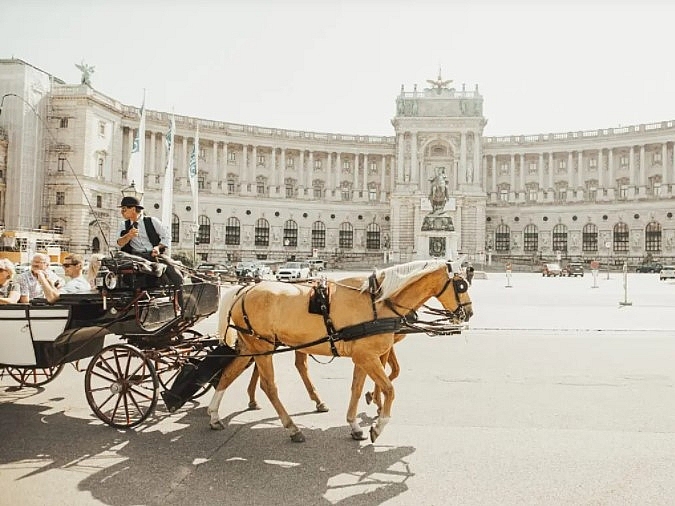 |
| Photo: meininger-hotels.com. |
The wine capital
Vienna is the only capital city in the world to produce significant quantities of wine within its city limits. Home to over 1,700 acres of vineyards and 320 vintners, the Viennese love their wine. While the most popular are white wine varieties such as Grüner Veltliner, Rheinriesling and Weißburgunder, you can also find some nice reds.
The best way to enjoy the local Viennese wine is in a heuriger (wine tavern), or by walking along Vienna’s Wine Trail.
Over 30% of Viennese residents are not actually Austrian
Vienna is a very diverse city and this is what makes it such a great place. Located in Central Europe and having a great standard of living, Austria attracts many foreigners who choose this country as their home, may it be temporarily or permanently. A lot of people also come here to study in one of the many good universities, or just stay for a semester or 2 as part of an exchange program.
When you’re walking around Vienna, you’ll often people speaking languages other than German. And this is something you have to get used to because it’s what makes Vienna so special.
The snow globe
The snow globe was also invented in Vienna. In 1900, Erwin Perzy, a fine instruments mechanic, was trying to improve the brightness of lightbulbs for a surgical lamp. But instead, he accidentally invented a snow globe. This first snow globe featured The Basilica of Mariazell, and was the catalyst for Perzy and his brother to open The Original Vienna Snow Globe shop. Over 100 years later, they are still making traditional snow globes right in Vienna, all hand painted and manually assembled.
Sachertorte, the famous chocolate cake
 |
| Photo: meininger-hotels.com. |
You can find the world’s oldest zoo in Vienna
Vienna’s Tiergarten Schönbrunn was established in 1752 and is the oldest zoo in the world, which is still operating. If that is not convincing enough for you, Anthony Sheridan’s zoo rankings named Schönbrunn Zoo the best zoo in Europe five years in a row. The Schönbrunn Zoo is home to around 7,800 animals from 700 species - you can even see koalas here!
More than 300 balls take place in Vienna annually
Vienna is famous for its ball season - a time between the months of January and March when numerous balls take place. Attending a ball is one of the things I recommend people the most when visiting Vienna, as it’s an experience for a lifetime. All you need is a ticket (it costs around €100 for adults and €30 for students) and formal attire - suit and bowtie for the gentlemen and a long evening dress for the ladies.
The Sacher Torte is one of Vienna’s most famous creations
Back in 1832, Prince Metternich wanted to try a new dessert. Unfortunately, the chef was sick and his young apprentice – Frank Sacher had to come up with something. Only 16 years old at the time, Sacher created one of the most popular cakes in the world. When in Vienna, make sure you try it at the Café Sacher.
The traditional Viennese coffee houses are on the UNESCO Cultural Heritage list
Everyone needs to experience the Viennese coffee culture. The unique atmosphere of these establishments is often preserved unchanged for centuries. The history of the cafés in the Austrian capital traces back to the 17th century. They still have an important role in the city’s social life. Last but not least – the vintage coffee houses serve delicious drinks on marble tables. Now, that is something special.
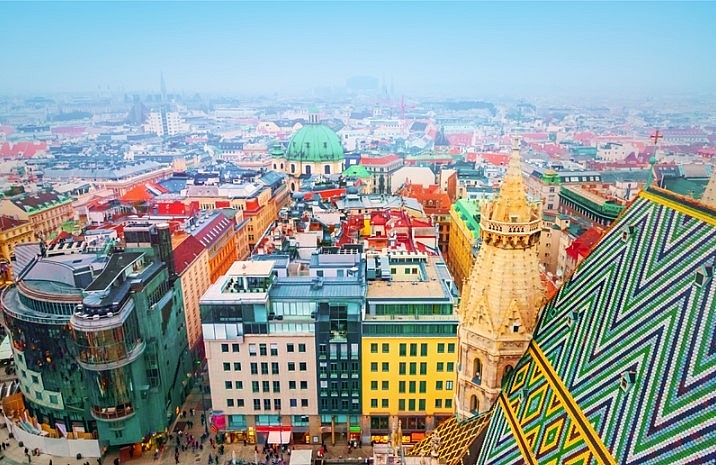 |
| Photo: farawayworlds.com. |
Vienna was divided in the aftermath of WWII
Berlin was not the only city that the Allies separated into sections after the war ended. France, the United States, the United Kingdom, and the Soviet Union occupied Vienna all at once, splitting it into four parts. The ordeal ended in 1955 with the signing of the Austrian State Treaty.
| Frequently Asked Questions about Vienna Do they speak English in Vienna? Yes, they speak English. But as a foreign language, not as native speakers. How safe is Vienna to visit? Vienna is (normally) relatively – even remarkably – safe for a city approaching 2 million inhabitants. This reputation reflects the country at large: the 2021 Global Peace Index, for example, ranked Austria as the sixth most peaceful country in the world, just ahead of Switzerland. What currency is used in Vienna? The currency in Austria is the euro. Euro banknotes are divided into 7 face values of 5, 10, 20, 50, 100, 200, and 500 euros, with different sizes and colors. The coin has 8 denominations of 1 point, 2 points, 5 points, 10 points, 20 points, 50 points, 1 euro, and 2 euros. It is rare in Europe, 100, 200 and 500 Euros. It is difficult to use. It is recommended to exchange Euros with small denominations. If you don't have enough Euros on your trip to Vienna, you can choose between cash and euro cash at ATMs; or exchange at most hotels. When are the shops open in Vienna? Shops are usually open Mon - Fri from 9.00 am - 6.30 pm, Sat until 5.00 pm or 6.00 pm; some shopping centers are open until 8.00 or 9.00 pm from Mon-Fri. Shopping is available on Sundays and holidays at the large railway stations, at the airport and in the museum shops. Does it snow at Christmas? Vienna gets snow every year (at least it has since 1953), ranging from 1cm to over 2m of the stuff. But will you wake on Christmas morning and gasp in delight as the snowflakes settle on Santa’s sleigh tracks? Probably not. |
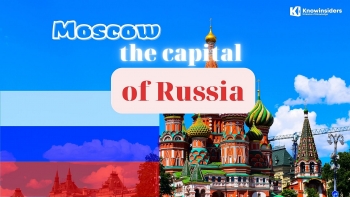 What Is The Capital of Russia: History, Facts, Best Places to See What Is The Capital of Russia: History, Facts, Best Places to See A fascinating city to wander around, stunning cathedrals, churches, and palaces lie side-by-side with bleak grey monuments and remains from the Soviet state. We rounded ... |
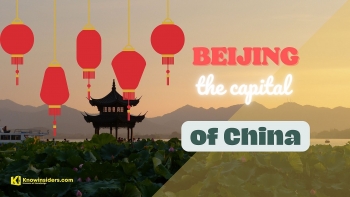 What Is the Capital of China: History, Facts and Best Places to See What Is the Capital of China: History, Facts and Best Places to See Beijing is the capital city of China and is known for its rich history and modern architecture. We rounded up all things you need to ... |
 What Is The Capital of Belgium: History, Facts, Best Places to See What Is The Capital of Belgium: History, Facts, Best Places to See The capital of Belgium has a rich history and plays an important role in Europe, and the world. We rounded up all things you need ... |

